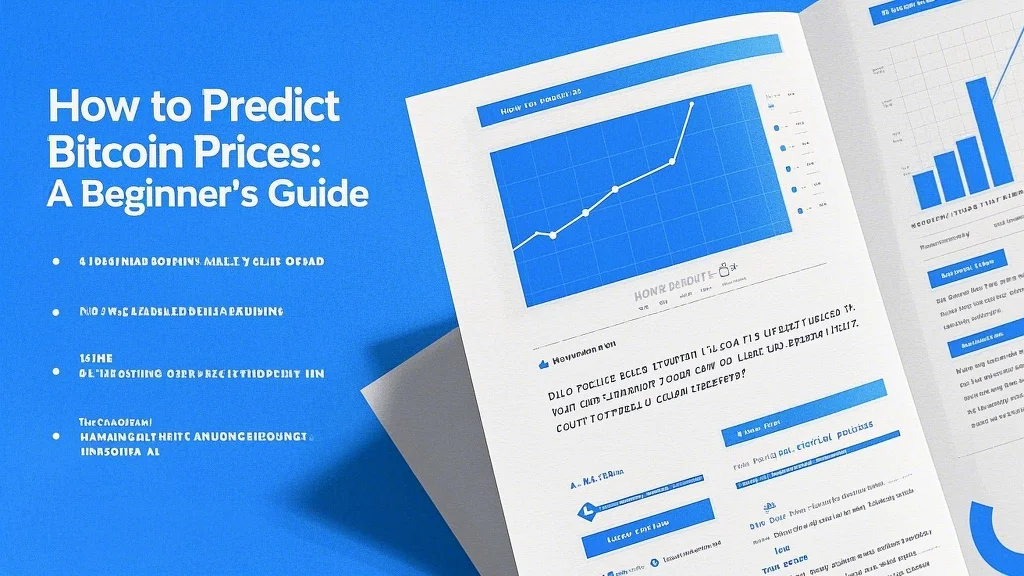In today’s interconnected world, cyber threats have become an integral part of the risks businesses and individuals face. From data breaches to ransomware attacks, the consequences of cybercrime can be devastating, leading to financial losses, reputational damage, and legal liabilities. As these threats continue to escalate, the importance of cyber liability insurance policies has grown exponentially. These policies are designed to protect against financial losses and legal responsibilities arising from cyberattacks, but the landscape of cyber liability insurance is constantly evolving to keep pace with technological advancements and changing threat dynamics.

The Growing Complexity of Cyber Threats
Cyberattacks are becoming more sophisticated, with attackers leveraging advanced technologies and tactics to breach defenses. Ransomware attacks, for example, have become increasingly common, with criminals demanding large sums of money to unlock encrypted data. Additionally, the rise of artificial intelligence (AI) and machine learning has enabled attackers to develop more intelligent and adaptive threats. These technologies can be used to identify vulnerabilities in systems, launch targeted phishing campaigns, and even manipulate data in ways that are difficult to detect.
As cyber threats become more complex, the potential impact on businesses and individuals grows. A single breach can lead to massive financial losses, not only from direct damages but also from the cost of recovering data, compensating victims, and restoring systems. In response, cyber liability insurance policies must evolve to address these expanding risks.
Emerging Technologies and Their Impact on Cyber Liability Insurance
One of the most significant factors shaping the future of cyber liability insurance is the rapid adoption of emerging technologies. The increasing reliance on cloud computing, the Internet of Things (IoT), and blockchain, for instance, introduces new opportunities but also new vulnerabilities. These technologies create vast attack surfaces, making businesses more susceptible to cyberattacks.
Cloud Computing: While cloud-based solutions offer scalability and cost efficiencies, they also introduce risks associated with third-party data storage and management. Cyber criminals often target cloud platforms because they contain sensitive information.
Internet of Things (IoT): The proliferation of IoT devices has created a network of interconnected devices that generate and exchange vast amounts of data. This interconnectedness can be exploited by attackers to gain access to critical systems.
Blockchain Technology: Although blockchain is often touted for its security features, its adoption has also introduced new risks. For example, the use of smart contracts in decentralized finance (DeFi) platforms has become a target for hackers.
As these technologies continue to integrate into everyday life, cyber liability insurance policies must adapt to provide coverage for the unique risks they introduce. Insurers are now focusing on developing policies that address not only data breaches but also the financial and operational disruptions caused by cyberattacks.
The Role of AI and Machine Learning in Cyber Liability Insurance
Artificial intelligence (AI) and machine learning (ML) are playing a pivotal role in transforming the cyber liability insurance industry. These technologies are being used to analyze vast amounts of data, identify patterns, and predict potential risks. By leveraging AI and ML, insurers can develop more accurate risk assessments and offer tailored policies to their clients.
For example, AI-powered tools can analyze a company’s cybersecurity measures, identify vulnerabilities, and recommend steps to mitigate risks. This proactive approach to risk management not only reduces the likelihood of a cyberattack but also helps in determining the appropriate level of coverage. Additionally, AI and ML algorithms can monitor network activity in real-time, detecting suspicious behavior and alerting insurers to potential threats before they materialize.
Moreover, AI and ML are being used to automate claims processing and payouts. These technologies can quickly evaluate the extent of damages and determine the appropriate compensation for policyholders. This efficiency not only saves time but also reduces the administrative burden on both insurers and clients.
The Rise of Cybersecurity as a Shared Responsibility
In the past, the responsibility for cybersecurity primarily lay with the organization itself. However, the increasing sophistication of cyber threats has made it clear that no single entity can combat these risks alone. As a result, the concept of cybersecurity as a shared responsibility is gaining traction. This shift is reflected in the evolution of cyber liability insurance policies, which now often include coverage for third-party liabilities and even provide resources for improving cybersecurity practices.
Insurers are increasingly partnering with cybersecurity firms to offer bundled services, combining insurance coverage with proactive threat detection and response solutions. These partnerships enable businesses to enhance their cybersecurity defenses while also protecting themselves financially in case of an attack.
of Part 1
The future of cyber liability insurance policies is undeniably intertwined with the rapid pace of technological innovation and the growing complexity of cyber threats. As businesses and individuals continue to rely on digital systems, the need for robust cybersecurity measures and comprehensive insurance coverage becomes more critical. The industry is moving towards a model where insurance policies not only provide financial protection but also offer proactive risk management tools and services. In the next part of this article, we will explore how cyber liability insurance policies are adapting to these changes and what the future holds for this vital sector.
The future of cyber liability insurance policies is shaped by the need to address emerging risks while providing innovative solutions to mitigate the impact of cyberattacks. As businesses and individuals become more reliant on digital technologies, the demand for comprehensive cyber liability coverage continues to grow. This part of the article will delve into how these policies are evolving to meet the challenges of the digital age and what we can expect in the years to come.
The Shift Towards Proactive Risk Management
Traditionally, cyber liability insurance policies were centered on providing financial reimbursement after a cyber incident had occurred. However, the industry is now shifting towards a more proactive approach, where policies not only protect against losses but also help prevent incidents from happening in the first place. This shift is driven by the realization that preventing a cyberattack can be far more cost-effective than dealing with the aftermath.
Many insurers now offer coverage that includes cybersecurity training for employees, penetration testing, and the implementation of fire






